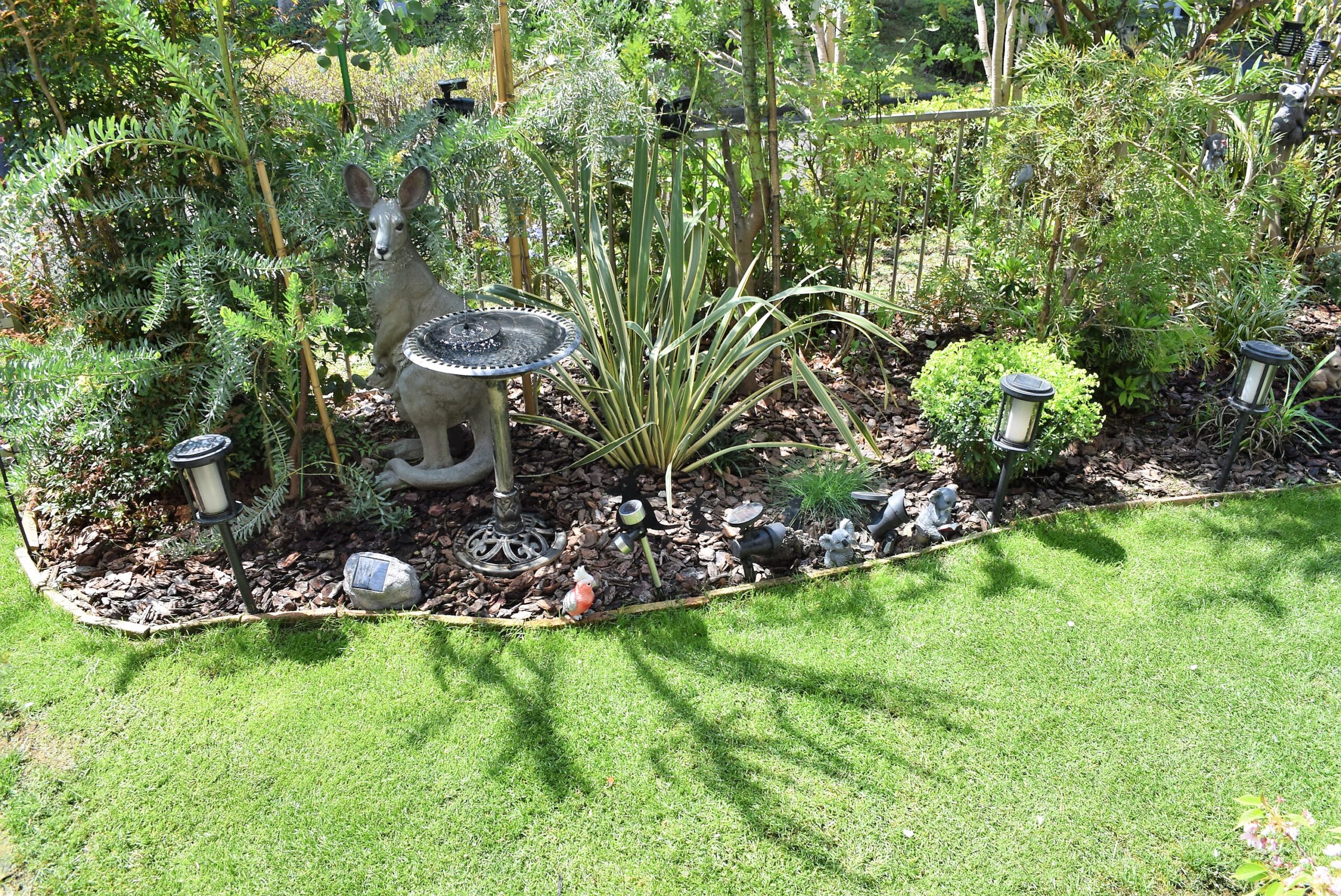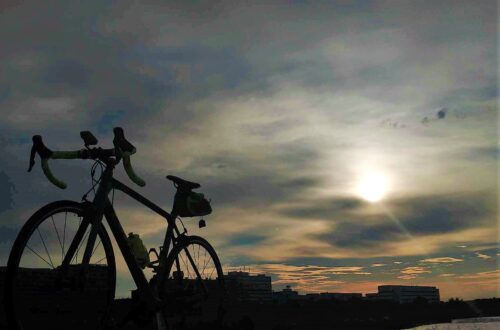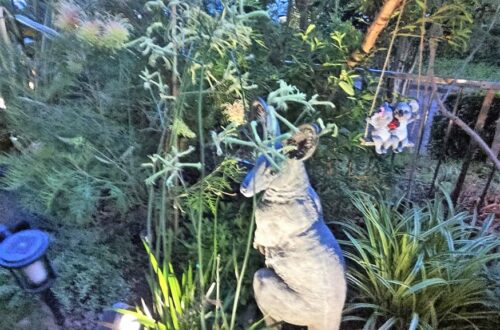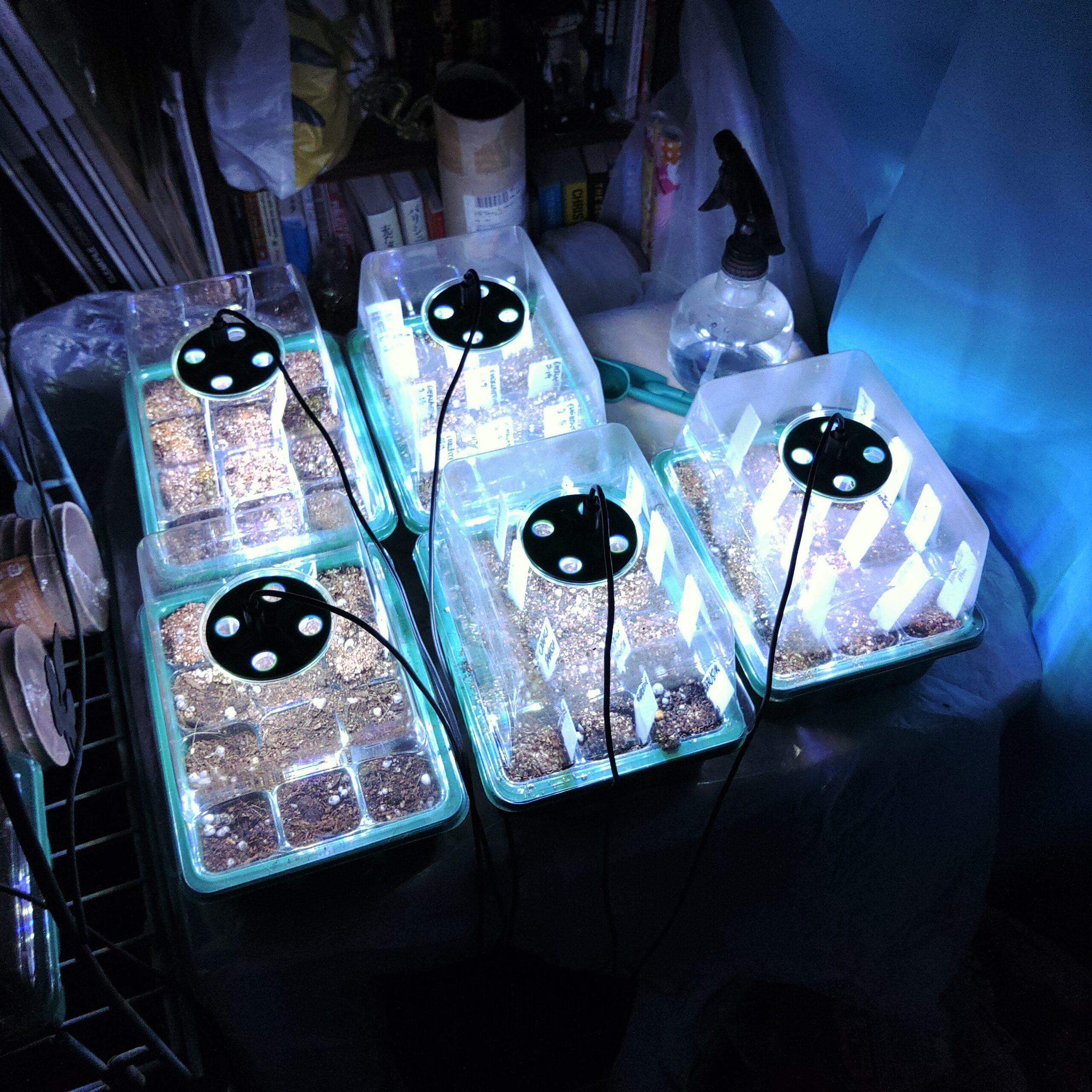In my Aussie plant grow from seed experiment, desert peas moved outdoors today, with more budding plants queueing to join them. Only three of 12 desert pea seeds germinated, but did so strongly. Nonetheless, having struggled with clumsiness when repotting everlastings last month, I was better prepared this time. By that, I mean Mrs. Kangaeroo stepped up to the plate. She would handle the task of gently shifting the seedlings from humidity pod to pot. As always (except in her choice of men), she was superb. We used a potting mix containing soil for Australian native plants, starter soil from…
-
-
As I touched on over the weekend, I’ve started trying to grow plants from seed and I completed the first round of the process this morning before heading off on my bike. Dwarf wattle seeds that I soaked in boiling water last night were the final group of seeds that can be planted in the winter. I managed to spread the seeds over a tray and put them in the humidity pod. Most of the work was finished yesterday after the ride. The process so far started in September and October of last year (2022) when I collected Australian native…




